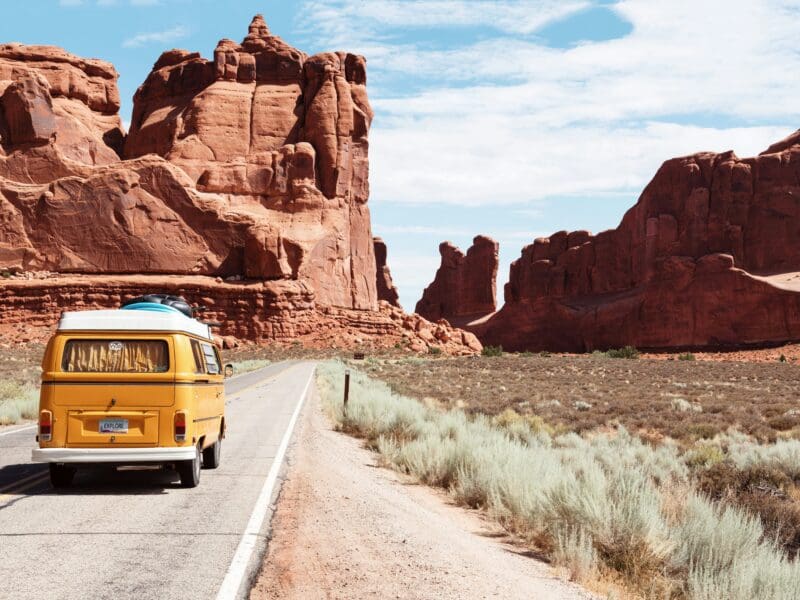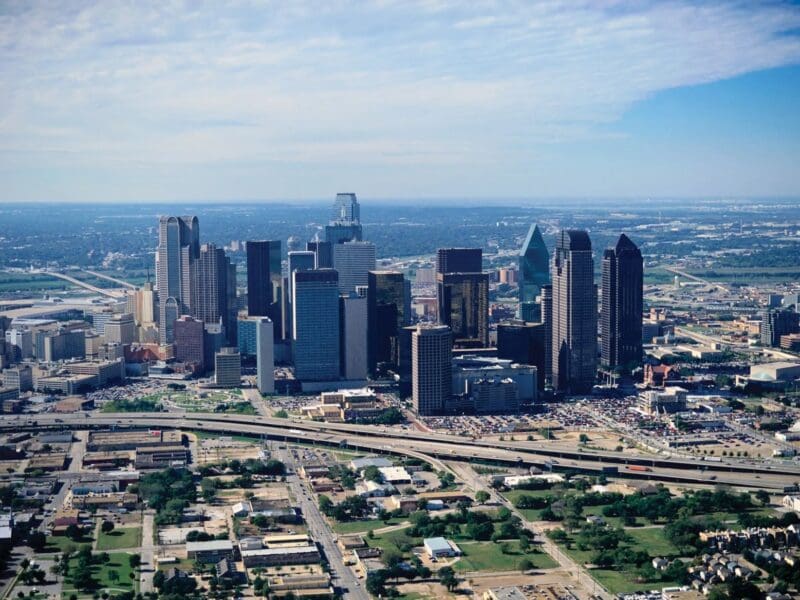
Where to See the Big Five in Southern Africa
For many people, seeing the Big Five in the wild is a once-in-a-lifetime experience that they would consider a bucket list item. These animals are among the most iconic and impressive species in Africa, and seeing them in their natural habitat can be a thrilling and unforgettable experience.
However, it’s important to note that the Big Five are not the only animals worth seeing in Southern Africa, and there are many other species that are just as fascinating and awe-inspiring. Additionally, it’s important to approach wildlife viewing with respect and responsibility, and to prioritize the well-being and safety of the animals above all else.
Ultimately, whether or not seeing the Big Five is a bucket list experience will depend on the individual’s interests and priorities. Some may be more interested in seeing rare and elusive species, while others may prioritize cultural experiences or outdoor adventures.
The “Big Five” is a term that refers to the five most iconic large mammals in Southern Africa that were traditionally the most difficult and dangerous animals to hunt on foot.
What are the Big Five?
African Elephant
The African elephant is the largest land animal in the world, and one of the most recognizable animals in Southern Africa. They can be found in a variety of habitats, from dense forests to open savannahs.
African Lion
The African lion is the largest of the African big cats and a powerful predator, known for its distinctive mane. Lions are found in savannahs and grasslands throughout Southern Africa.
African Leopard
The African leopard is a highly adaptable big cat known for its stealth and climbing abilities. They are found in a range of habitats, including forests, savannahs, and mountains.
African Buffalo
The African buffalo is a large, strong, and unpredictable animal that can be found in herds throughout Southern Africa. They are known for their aggressive behavior and can be dangerous when threatened.
African Rhino
The African rhino is one of the most endangered animals in the world and a symbol of conservation efforts in Southern Africa. Two species of African rhino can be found in the region: the black rhino and the white rhino.
While the term “Big Five” originally referred to these animals as game animals for trophy hunting, today the term is more often used in the context of wildlife conservation and tourism. These animals are highly sought-after by tourists on safari in Southern Africa, and seeing them in the wild is considered a once-in-a-lifetime experience.
Where to find the Big Five in Southern Africa?
The Big Five refers to the five most iconic species of wild animals in Africa, which are the African elephant, African lion, African leopard, African buffalo, and black rhinoceros. Southern Africa is home to many national parks and game reserves where visitors can see the Big Five in their natural habitat.
Here are some of the best places to see the Big Five in Southern Africa:
- Kruger National Park in South Africa is one of the most famous and popular wildlife reserves in the world, and is home to all of the Big Five.
- Sabi Sands Game Reserve, which is adjacent to Kruger National Park, is known for its luxury lodges and offers some of the best opportunities to see the Big Five up close.
- Hwange National Park in Zimbabwe is home to large herds of elephants and buffalo, as well as lions, leopards, and rhinos.
- Chobe National Park in Botswana is known for its large population of elephants, as well as lions, leopards, buffalo, and other wildlife.
- Etosha National Park in Namibia offers visitors a chance to see the Big Five and other animals around its famous Etosha salt pan.
- Kgalagadi Transfrontier Park is located in the Kalahari Desert, and is home to lions, leopards, cheetahs, and other predators, as well as large herds of springbok and other antelope.
These are just a few examples of the many places in Southern Africa where you can see the Big Five. It’s important to note that while these animals are magnificent to see in the wild, it’s also crucial to respect their space and keep a safe distance at all times.







